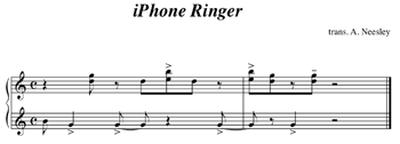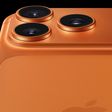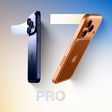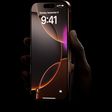PCMag's Cade Metz was given the opportunity to play with the Apple iPhone for 10 minutes at Macworld San Francisco.
He provides his impressions from his brief time with the device.
A day after Steve Jobs unveiled the Apple iPhone during his MacWorld keynote on Tuesday morning, I actually got my hands on one. For all of ten minutes. Ten minutes isn't much, but I can safely say that the iPhone is even more impressive than it appeared during the Jobs keyote. And that's saying something.
Metz remarked at the ease of use of the Multitouch interface, but during his brief exposure, found the touch-keyboard typing awkward.
The technology surrounding the Apple's Multitouch technology remains a great source of speculation. DelawareOnline delves into some of the history behind Apple's acquisition of Fingerworks and spoke with Wayne Westerman (founder of Fingerworks). While Westerman declined to comment about a relationship between Apple and Fingerworks due to confidentiality agreements, he did offer this tidbit:
"The one difference that's actually quite significant is the iPhone is a display with the multi-touch, and the FingerWorks was just an opaque surface. That's all I'm going to say there. There's definite similarities, but Apple's definitely taken it another step by having it on a display."
Meanwhile, Jeff Han, a researcher at NYU, has received a lot of attention due to his popular Multi Touch demo video. Despite ongoing speculation and comments that Han had been somehow connected to Apple's iPhone, Han's research appears to be entirely independent. A Guardian.co.uk article quotes Han:
"The iPhone is absolutely gorgeous, and I've always said, if there ever were a company to bring this kind of technology to the consumer market, it's Apple."
Indeed, Han has started his own company (Perceptive Pixel) to market Multitouch technology. NYDailyNews reports the company will start installing big versions of his screen for "film studios and other operations where people can use them as high-tech blackboards to brainstorm on projects".
The article also reveals that Han will be buying an iPhone "as soon as it goes on sale in June."













